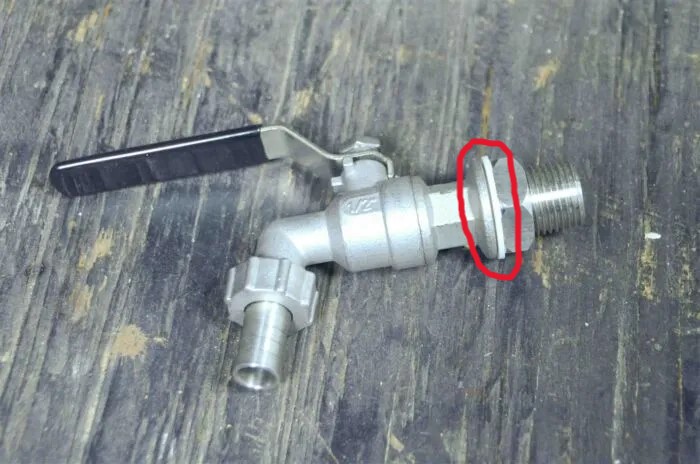Brushwood Brewing
Cast your bread upon the waters
- Joined
- May 5, 2022
- Messages
- 208
- Reaction score
- 344
Hand tight for the portion that attached directly to the wall of the foundry? (Circled in red in the photo below.) Unfortunately that hasn't been my experience.Hand tight is all you need.

Last edited:































![Craft A Brew - Safale BE-256 Yeast - Fermentis - Belgian Ale Dry Yeast - For Belgian & Strong Ales - Ingredients for Home Brewing - Beer Making Supplies - [3 Pack]](https://m.media-amazon.com/images/I/51bcKEwQmWL._SL500_.jpg)



























